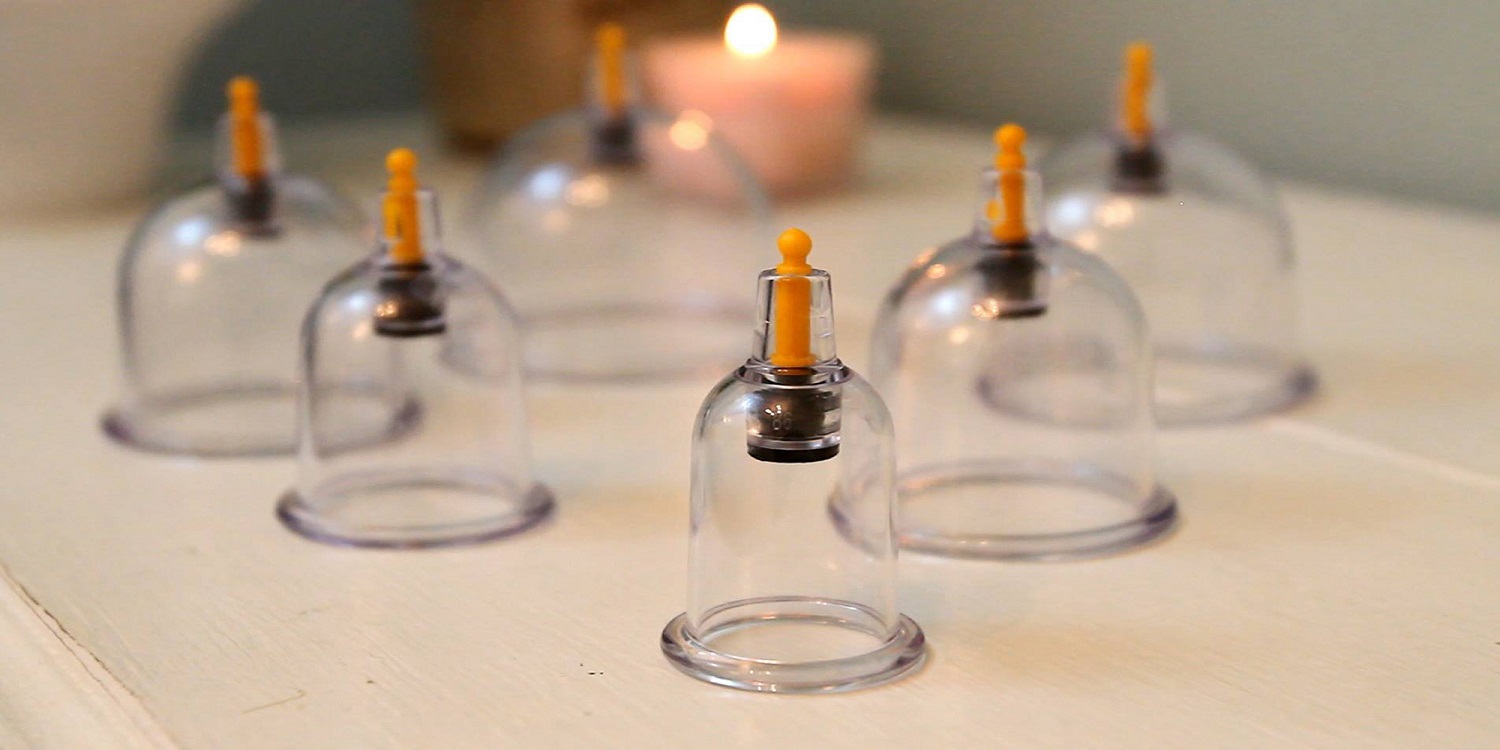Some of the scientific aspects regarding the mode of action of Al-Hijamah (Cupping Therapy) as follows:
Dr. Naseer Saleh has written that; Al-Hijamah (cupping therapy) is the process to extract nitrate toxicosis in humans which occurs through enterohepatic metabolism of nitrates to ammonia, with nitrite being an intermediate. Nitrites oxidize the iron atoms in hemoglobin from ferrous iron (Fe2+) to ferric iron (Fe3+).
An Egyptian Physician Dr Sahbaa has written that Cupping exerts marked improvement on the clinical condition of patients especially visual analogue scale of pain, it significantly reduces the laboratory markers of disease activity and it modulates the immune cellular conditions particularly of innate immune response NK cell % and adaptive cellular immune response SIL-2R.
Dr. Katase from Osaka University maintained that Hijama (cupping) influences the composition of blood as it increases red and white blood cells and changes acidic blood into alkaline or neutral blood, resulting in its purification. It also cleanses the body of accumulated irritants that cause inflammation.
In the British Medical Journal Feb. 23, 1924 P; 352, Dr Robert J. Simons (French) has concluded that cupping is worthy of a place in modern therapeutics on the basis of following reasons:
After performing cupping, we observe that the coloring of the skin changes from clear pink to dark red, due to extravasation of blood from the capillaries into the flesh. This deep tissue blood falls into decay, the red globules break up and set free the antitoxins that impregnate them. Besides that, we observe extensive polynucleosis, which enables the patient to resist infectious pathogens. In surgery, cupping is used in the treatment of deep abscesses, boils, and anthrax after the incision. It draws up the matter, almost without pain, and allows rapid healing of the wound.
In the Internet Journal of Alternative Medicine. 2007. Volume 4 Number 1, it is stated: At a biological level, similar to acupressure and acupuncture, cupping therapy works by stimulating or activating (1) the immune system; (2) Enkephalin secretion; (3) neurotransmitter release; (4) vasoconstriction and vasodilatation, and (5) the gates for pain in the CNS which interpret the pain sensation (NIH Consensus Development Panel, 1998). Lastly, it is believed that stimulation of cupping points can lead to the pain gates being overwhelmed by the increasing frequency of impulses, ultimately leading to closure of the gates and hence reduction in pain (Oumeish, 1998; Cad well, 1998).
In the American Journal of Chinese Medicine, Vol. 36, No. 1, p 42, it has been written that the mechanism of wet-cupping is dominated by influences in neural, hematological, and immune system functioning.
In the neural system, the main effect is likely regulation of neurotransmitters and hormones such as serotonin (of platelet), dopamine, endorphin, CGRP (Calcitoni-Gene Related Peptide) and acetylcholine. Moreover, it seems that wet-cupping has an effect on the negative charge of neuronal cells.
In the hematological system, the main effect is likely via two pathways: (a) regulation of coagulation and anti-coagulation systems (e.g., decrease in the level of hematological element such as fibrinogen), and (b) decrease in the HCT (Hematocrit), followed by increase in the flow of blood and in the end organ oxygenation.
In the immune system, the main effect is likely via three pathways:
(a) Irritation of the immune system by producing local artificial inflammation, followed by activation of the complementary system and increase in the level of immune products such as interferon and TNF (Tumor Necrotizing Factor);
(b) Effect on the thymus;
(c) Control of traffic of lymph and an increase in the flow of lymph in lymph vessels.
Now let us revive the forgotten Sunnah of Our Beloved Prophet and get blessings of Allah in this world and Hereafter.
Ref: Dr. Sohail Zafar MBBS (KEMC) DOMS







